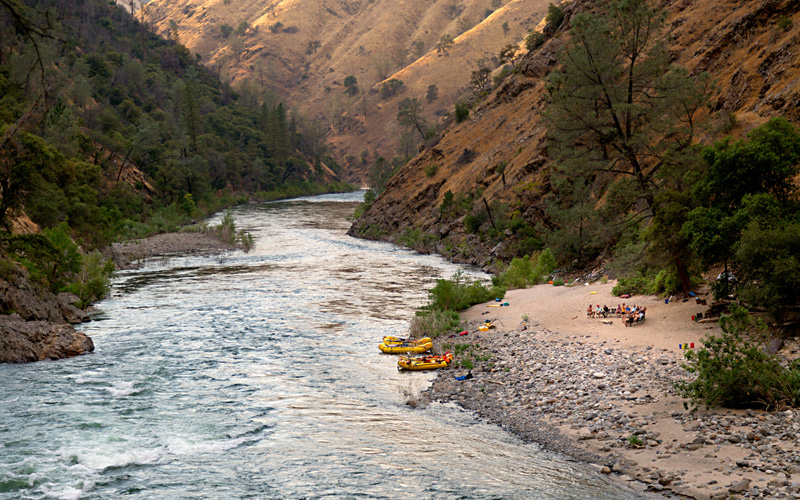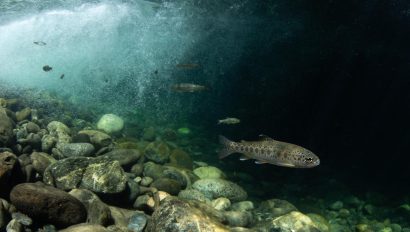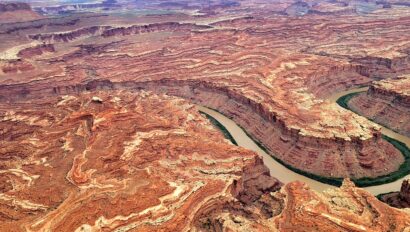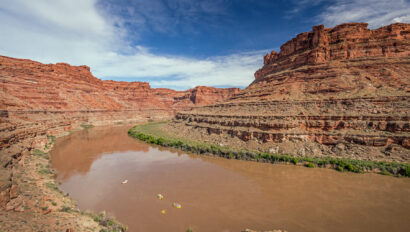A Quick Guide to Understanding Our Public Lands

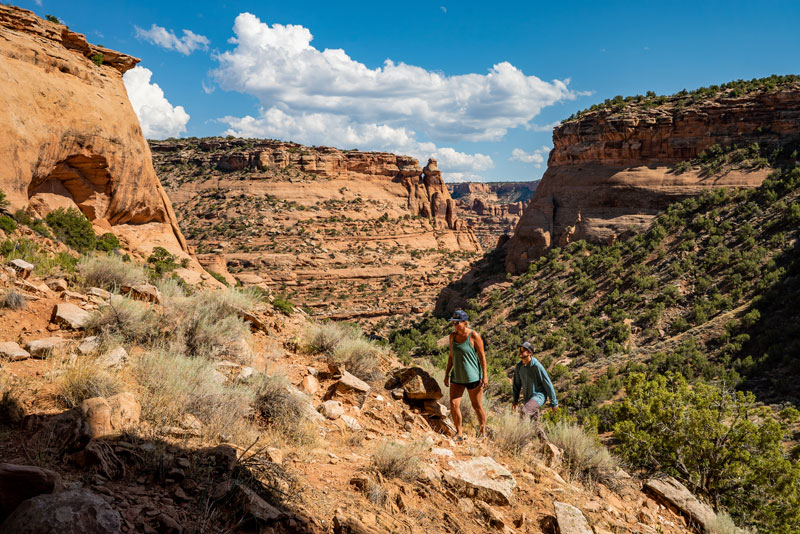
The vast majority of the places we play outside—the rivers we float down, the trails we hike, the lakes we camp beside—is public land. The United States is made up of 2.27 billion acres of land in total, and of that, 640 million acres are federal public lands. That means they’re managed by the federal government, with the public’s tax dollars, and open to… the public. Basically, it’s land that we all own.
There are several different designations for federal public lands, and just as many agencies that manage them. This has implications for how that land is used and how we as the public get to benefit from and access them, including the opportunity for outfitters to offer guided trips under special use permits in some areas. Here’s a basic primer to help you understand the different types of public lands.
Federally-Managed Public Lands Explained
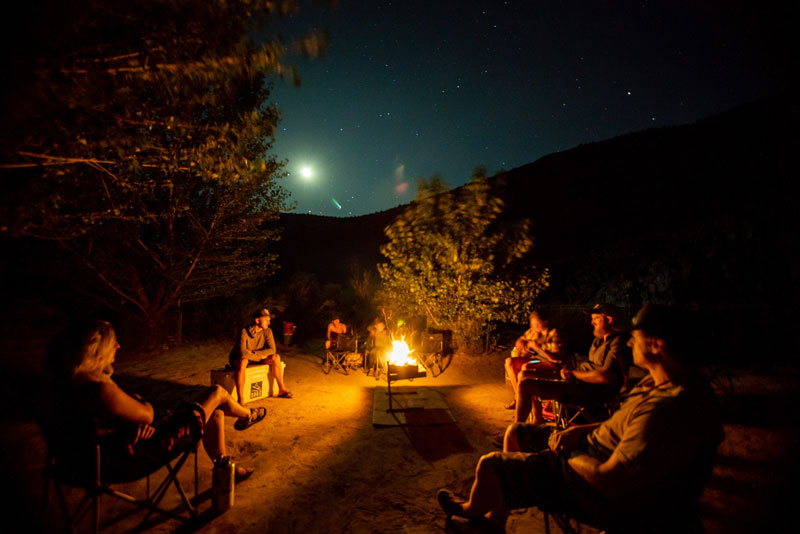
Bureau of Land Management (BLM) Land
The BLM manages 248 million acres (10.5% of all land in the country, and the most of any agency), with nearly half of that acreage concentrated in Alaska (29%) and Nevada (19%). Its mission is to “sustain the health, diversity, and productivity of public lands for the use and enjoyment of present and future generations.” Some of these units are set aside for a predominant use, like livestock grazing or the oil, gas, and mining with which most people associate BLM land (BLM manages the country’s onshore oil and gas program).
But this agency also has a hand in managing national monuments (25 of them, to be exact), 34 million acres of National Conservation Lands, and more wildlife habitat than any other government entity. And, as campers, climbers, and river runners might have noticed, BLM lands are generally open to the public for recreational use without fees.
National Forests
A quarter of all public land is made up of the 154 national forests and 20 national grasslands across the country. National forests include about 158,000 miles of trail, 57,000 miles of streams, 14,000 recreation sites, 5,000 miles of Wild and Scenic Rivers, 4,300 campgrounds, and 122 ski areas—all of which support hunting, fishing, hiking, and many other recreational uses.
The United States Forest Service (USFS) manages these lands not just for people to play in, but for multiple uses—like preserving water flows, conserving wildlife and fish habitat, and providing timber—which are laid out in comprehensive plans for each forest and grassland. USFS aims to balance resource extraction with resource protection and recreation, a mission aptly captured in the USFS motto, “Caring for the land and serving people.”
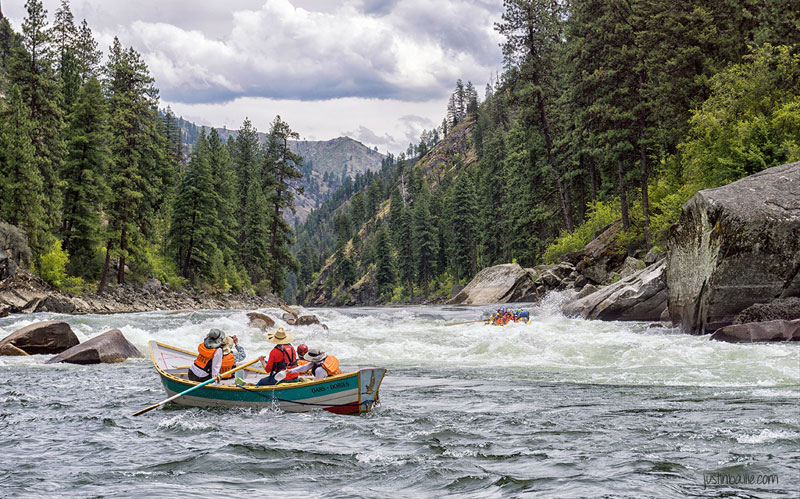
Wilderness
The Wilderness Act, passed in 1964 and considered one of America’s greatest conservation achievements, defined “wilderness” as “an area where the earth and its community of life are untrammeled by man, where man himself is a visitor who does not remain.” Today’s 111 million acres of designated wilderness lands exist in national forests, national parks, wildlife refuges, and BLM land.
Wilderness areas are roadless, and resource extraction and building new trails or structures are prohibited. There are no conveniences like picnic tables or toilets, and travel for recreation like hunting, hiking, camping, boating, etc. is restricted to non-mechanized methods (think horseback, foot or paddling).
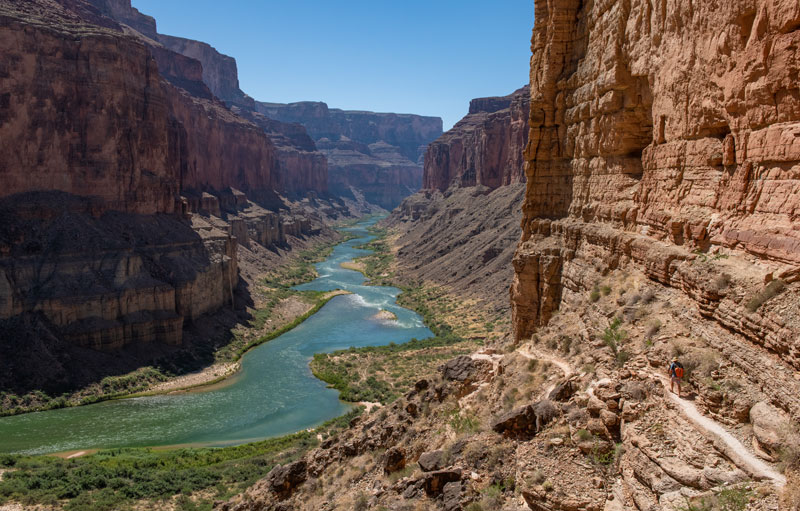
National Parks
This is one of the highest levels of conservation in the U.S., with national parks designated expressly for the conservation of resources. These places are often protected for their scenic, inspirational, educational, or recreational value, and the National Park Service manages them with a mission to keep landscapes “unimpaired for future generations.” While activities like camping, rafting and hiking are allowed, no hunting, grazing, or resource extraction (timber, gas, minerals, etc.) is permitted inside national parks.
There are 61 national parks throughout the country, but the national park system encompasses a grand total of 419 sites. These can include national battlefields, recreation areas, historic sites, lakeshores, and more than a dozen other designations that are managed under the same preservation priorities.
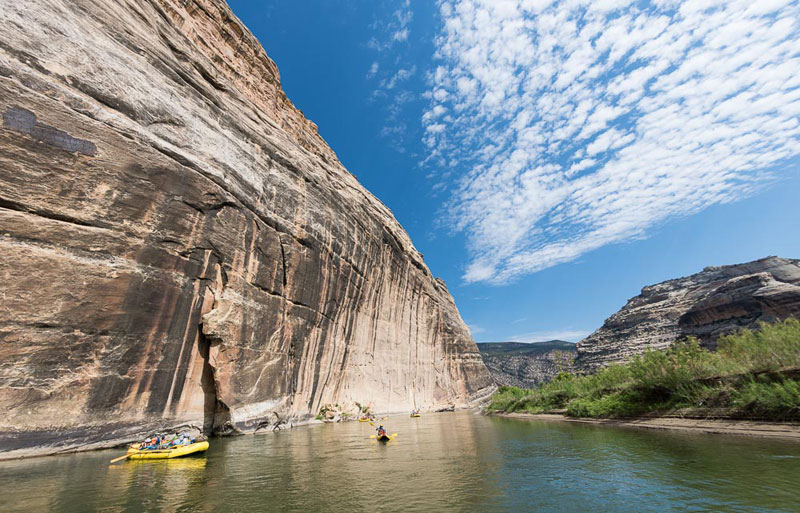
National Monuments
Monuments enjoy similar stringent protections to national parks. Where national parks are designated by Congress, monuments are often designated by presidential proclamation through use of the Antiquities Act. According to the National Park Service, monuments are preserved for “the historic, scientific, commemorative, and cultural values of the archaeological and historic sites and structures on these lands” for present and future generations. Thus, while monuments offer similar recreational opportunities to national parks, they’re often smaller and may focus on a single point of interest. And unlike national parks, national monuments are managed by various agencies, including the NPS, USFS, BLM, United States Fish and Wildlife Service (USFWS), and National Oceanic and Atmospheric Administration (NOAA).
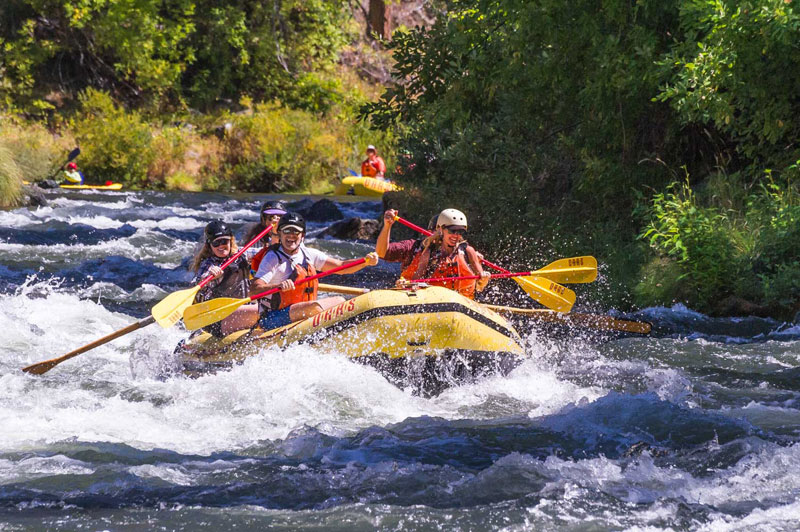
Wild & Scenic Rivers
The Wild & Scenic designation protects rivers with outstanding natural, cultural, and recreational values in their free-flowing condition, without alteration by dams, rip rap, containment, etc. The National Wild and Scenic Rivers System is made up of 12,709 miles of rivers (less than a quarter of 1% of all of America’s rivers), treasured by boaters, anglers, and other recreationists via access to their banks, like hikers, hunters, and campers. These stretches of river are managed by the agency that has charge of the public land they run through, usually either NPS, USFS, BLM, or USFWS.
—
These aren’t the only types of public lands in the country. State forests, state parks, wildlife refuges, even city parks—these are all examples of places open to the public and owned by us, our places to play outside, benefit from, protect, and steward.
It’s also important to note that the modern Western model of conservation—defined by words like “unimpaired” and the wilderness concepts of “remote” and “untrammeled by man”—fails to take into account the indigenous peoples who have lived and thrived within many of these landscapes for thousands of years.
Photos: Camping on BLM/Utah public lands – Rob Aseltine; Hiking in Westwater Canyon – Rob Aseltine; Tuolumne River Rafting in the Stanislaus National Forest – James Kaiser; Frank Church “River of No Return” Wilderness in Idaho – James Kaiser; Grand Canyon National Park – Josh Miller; Dinosaur National Monument – Josh Miller; Rafting on the Wild & Scenic Rogue River – James Kaiser
Related Posts
Sign up for Our Newsletter

